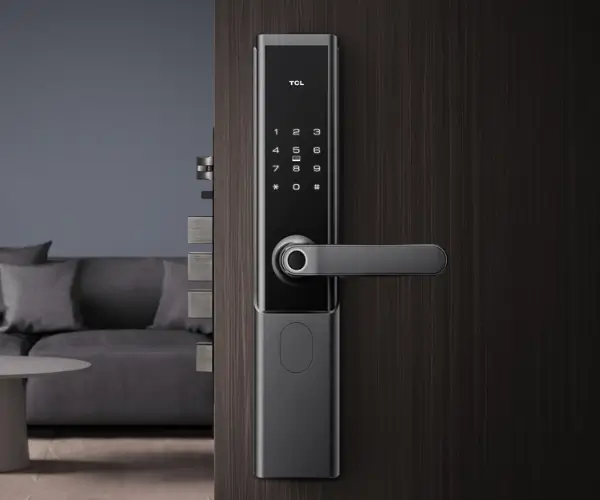Microservices architecture has been gaining ground as the backbone of modern software systems. But have you ever wondered how to manage all the moving parts of a microservices environment effectively? The answer lies in a microservices catalog architecture, which serves as a blueprint for organizing and overseeing all the different microservices in your system.

Think of a catalog as the ultimate map for your microservices. It’s like a GPS that helps you navigate through each service, ensuring they work together seamlessly. Without it, you might find yourself in a maze, struggling to keep track of services, dependencies, and interactions.
Why is a Microservices Catalog Important?
In the world of microservices, managing numerous independent services becomes a real challenge. With a catalog, you get a single, consolidated view of your entire system. It’s much easier to track which service does what, monitor performance, and quickly identify issues when they arise. It's like having a comprehensive directory of your services, from which you can pull up any detail in an instant.
Take, for instance, an e-commerce platform. It might have separate microservices handling product management, user authentication, payments, and recommendations. Keeping track of how these services communicate with each other, how they scale, and where they might be failing is no easy task. A well-structured microservices catalog provides a high-level overview and granular details, helping you identify weak points or areas of improvement.
What Does a Good Microservices Catalog Include?
A microservices catalog is more than just a list. It’s about offering an insightful look into the infrastructure and design of each service. You need clear descriptions of each service’s role, the version of the service, its endpoints, the technologies used, and the dependencies it has on other services. This structure ensures that when something breaks, you don’t waste time trying to figure out where to start troubleshooting.
Also, you want the catalog to be dynamic. As new services are added or existing ones are modified, your catalog should reflect these changes in real-time. The more up-to-date and detailed it is, the better your team can respond to challenges. This makes it an invaluable tool for scaling operations and enhancing system reliability.
But How Do You Implement a Catalog?
The great thing about microservices catalog architecture is that it can evolve with your system. You don’t have to launch everything at once. Start simple: catalog your core services and expand gradually. You’ll see the benefits right away. When you implement a catalog in a phased manner, it becomes easier to adapt to new microservices and technologies.
Over time, this catalog will grow into a powerful resource, one that helps keep your system transparent, efficient, and easy to manage. Think of it as your digital library, where every service is neatly indexed, easy to locate, and always current.
In the long run, having a well-maintained microservices catalog will significantly improve both your operational agility and your team’s confidence. When your team can rely on a single source of truth, they can work faster and smarter, leading to better outcomes for your business.
So, next time you think about scaling your system, remember that a microservices catalog architecture isn’t just a luxury; it’s essential for keeping everything in order and functioning at its best.
Established in 2005, Kpower has been dedicated to a professional compact motion unit manufacturer, headquartered in Dongguan, Guangdong Province, China. Leveraging innovations in modular drive technology, Kpower integrates high-performance motors, precision reducers, and multi-protocol control systems to provide efficient and customized smart drive system solutions. Kpower has delivered professional drive system solutions to over 500 enterprise clients globally with products covering various fields such as Smart Home Systems, Automatic Electronics, Robotics, Precision Agriculture, Drones, and Industrial Automation.




































